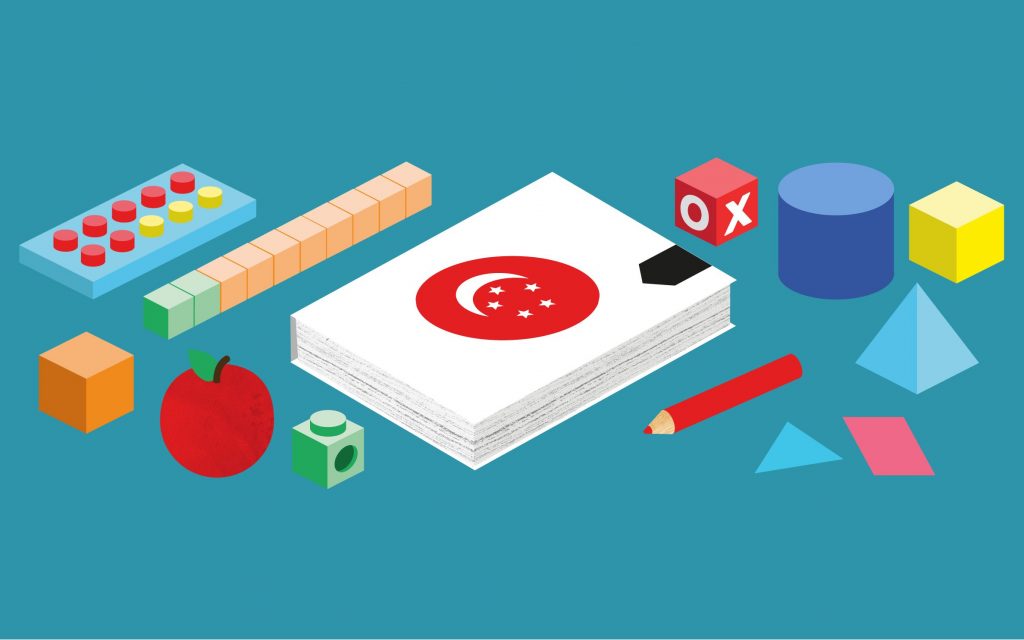“CPA” method of math training has become an essential technique that has become famous among teachers and in fact it is being adopted by other education systems around the world because it is effective in producing talented mathematicians. CPA stands for “Concrete, Pictorial, Abstract”.

Concrete, Pictorial, Abstract (CPA) is an extremely well-defined approach in tutoring mathematics which allows for in-depth and sustainable comprehension for concepts in maths. This concrete, representational, abstract framework, CPA was developed by American psychologist Jerome Brune and it has been the backbone of teaching Singapore mathematics.
HOW EXACTLY DOES THIS WORK?
This is effective in building on student’s foundational knowledge by getting them to dive into abstract concepts in a systematic manner. This approach aims at moving away from the traditional way of just working out problem sums in the textbook over and over again, to pictorial representations of mathematical problems. The CPA framework established by the Ministry of Education has specifically aimed at changing the way students think. It has to be less of “within the books” and students should confidently venture out and think “out-of-the-box”.
C for Concrete
This is aimed at enabling students to be actively involved in understanding the concepts in a physical sense, though this is more applicable for students of younger age. This brings concepts to life by allowing children to experience and handle physical objects and that increases interaction and this enables concepts to be registered in mind much more.
P for Pictorial
The main idea of this is visual representations of problems which enables students to better understand and think of a solution to derive. Students need to be able to make a mental connection between the what they have seen and associate with the abstract diagrams or models which requires the mathematical problem to be solved. Drawing models and representative diagrams simplifies complicated problems for children and hence questions don’t seem as abstract after all. That way, they get to see the bigger picture and be able to comprehend information easily.
A for Abstract
This is a more advanced stage for children which requires them to make use of their models and pictorial understanding to synthesise a solution systematically. This requires students to convert the information they have internalised into knowledge and think of ways to solve mathematical problems. This can be challenging and this ability is not innate; rather it is cultivated and math tuition teachers’ help are often sought after in order for students to cultivate the habit of higher-order thinking, or in other words, critical thinking skills.
WHY THIS WORKS…
The syllabus is always being modified and reviewed to make sure that students are kept up-to-date with the changing trends of education and the requirements of corporate world. Essentially what is being studied has to be appropriately put to use in the workforce and this is why the Ministry of Education aims to continuously introduce new strategies for teachers to follow. Certainly, CPA has worked wonders and many countries have adopted it and benefited from it!
